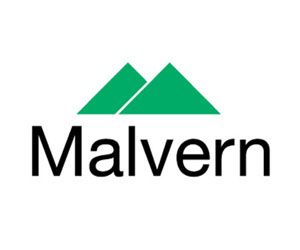The Benefits of Moving from Single to Multi-detector Size-exclusion Chromatography
The addition of extra detectors such as light scattering and intrinsic viscosity to a single-detector size-exclusion chromatography system or, better still, the use of an integrated multi-detector size-exclusion chromatography system can pay significant dividends in the breadth of sample information generated.

The addition of extra detectors such as light scattering and intrinsic viscosity to a single-detector size-exclusion chromatography system or, better still, the use of an integrated multi-detector size-exclusion chromatography system can pay significant dividends in the breadth of sample information generated. This leads to a greater understanding of molecular weight, structure and composition, and hence can shorten the time required for process optimization.
Molecular weight can be measured independently of sample retention volume, eliminating the issues of column calibration, and intrinsic viscosity provides a direct measure of sample structure. The addition of a second concentration detector allows compositional information to be obtained. This webcast will provide an overview of multi-detector technologies and how they can benefit applications such as synthetic polymers, polysaccharides and proteins.
Sponsored by: Malvern Instruments
Characterizing Plant Polysaccharides Using Size-Exclusion Chromatography
April 4th 2025With green chemistry becoming more standardized, Leena Pitkänen of Aalto University analyzed how useful size-exclusion chromatography (SEC) and asymmetric flow field-flow fractionation (AF4) could be in characterizing plant polysaccharides.
Investigating the Protective Effects of Frankincense Oil on Wound Healing with GC–MS
April 2nd 2025Frankincense essential oil is known for its anti-inflammatory, antioxidant, and therapeutic properties. A recent study investigated the protective effects of the oil in an excision wound model in rats, focusing on oxidative stress reduction, inflammatory cytokine modulation, and caspase-3 regulation; chemical composition of the oil was analyzed using gas chromatography–mass spectrometry (GC–MS).




